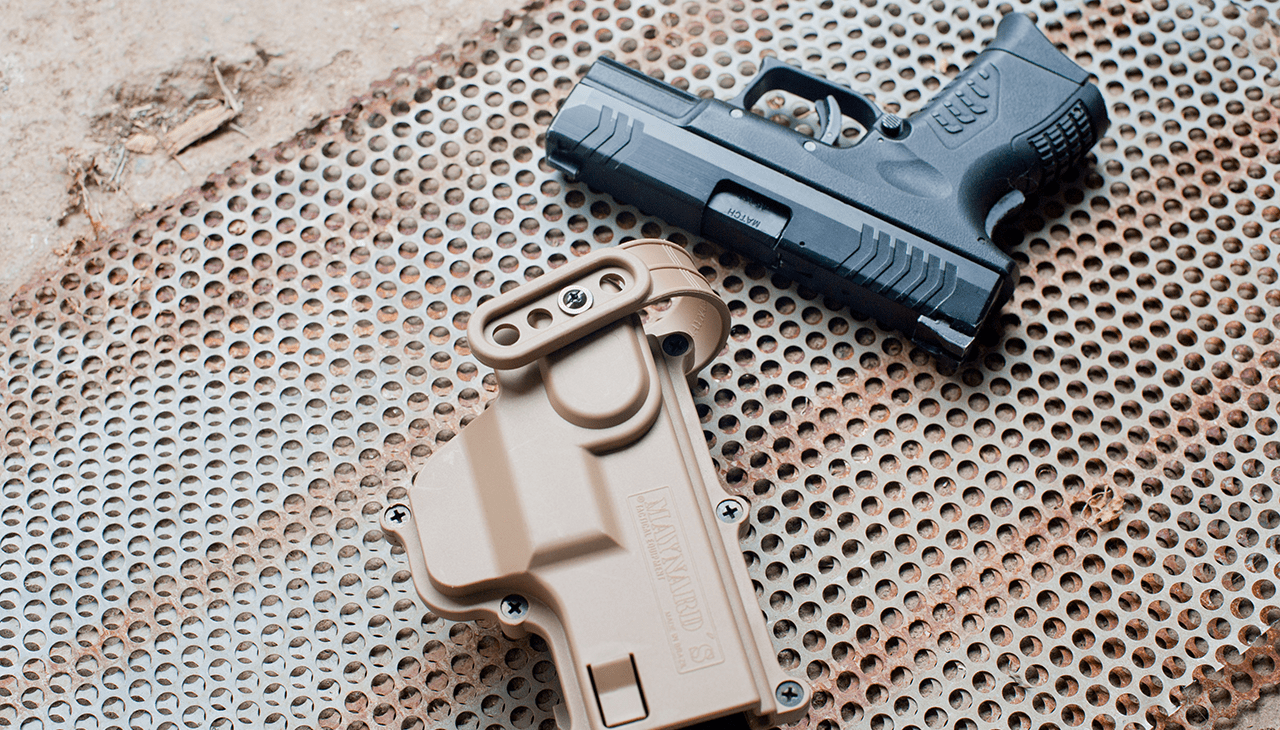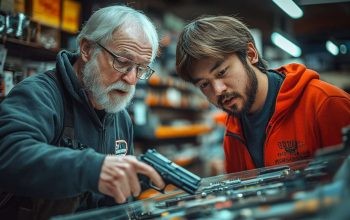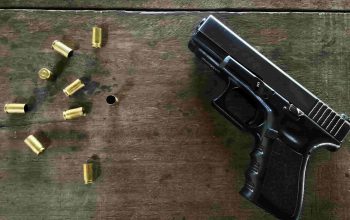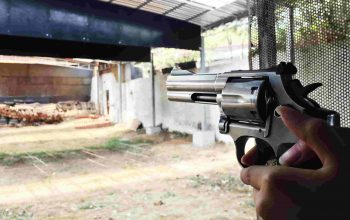Competitive shooting is an exhilarating sport that blends the precision of marksmanship with the fast-paced excitement of a sporting competition. Guns and ammunition are available in all shapes and sizes, allowing shooters to customize their setup for optimal performance on the range. The art and science behind competitive shooting go beyond loading rounds into a gun: it involves fine-tuning weapons, understanding ballistics, mastering trigger control, and even studying environmental factors like wind speed and temperature. Whether you’re new to shooting or have been hitting targets for years, learning the intricacies of this captivating sport can take you from novice to pro! In this blog post, we will explore what makes competitive shooting so thrilling – dive into how shooters prepare for competitions through astute observation of their surroundings; understand why accuracy matters when aiming at targets hundreds of yards away; discover what separates highly experienced shooters from beginners; complete our journey by gaining insight into why committed competitors keep coming back to compete again and again.
Overview of the World of Competitive Shooting and Gun Smoke
Competitive shooting is a popular sport that involves using firearms to hit targets from a distance. The sport has been around for centuries and is practiced all over the world in various forms, from Olympic-style shooting to cowboy action shooting. However, it’s important to be aware of the risks of gun smoke exposure associated with the sport. Here are some key points to keep in mind:
- Types of competitions: Competitive shooting can involve individual or team events, and a variety of firearms can be used, including rifles, pistols, and shotguns. Shooting events can also be categorized by distance, with some events taking place at closer ranges while others involve shooting at targets from hundreds of yards away.
- Safety protocols: Competitive shooting events often have strict safety protocols in place to ensure the safe handling of firearms. These protocols can include things like handling firearms only when instructed, ensuring firearms are pointed safely at all times, and using appropriate protective gear.
- Risk of gun smoke exposure: Despite safety protocols, there is still a risk of gun smoke exposure associated with competitive shooting. To minimize exposure, it’s important to follow proper safety procedures and use protective gear, such as gloves and face masks. Additionally, individuals who participate in competitive shooting should be aware of the potential long-term health risks associated with regular exposure to gun smoke.
- Environmental concerns: Competitive shooting can also have an impact on the environment. Lead, which is present in some types of ammunition, can contaminate the soil and water surrounding shooting ranges. To minimize the impact on the environment, it’s important to properly dispose of all ammunition and ensure that proper cleanup procedures are followed after shooting events.
Competitive shooting can be a thrilling and challenging sport, but it’s important to prioritize safety and protect against the potential risks associated with gun smoke exposure.
History and Evolution of Competitive Shooting
Competitive shooting has a rich history that dates back to ancient civilizations. Here is an overview of the history and evolution of the sport:
- Ancient civilizations: Evidence of competitive shooting has been found in ancient civilizations, such as Egypt and Greece, where archery contests were held.
- Middle Ages: During the Middle Ages, archery was a popular sport and was often practiced for military purposes.
- 18th and 19th centuries: As firearms became more prevalent, shooting competitions began to focus on firearms rather than archery. One of the earliest forms of competitive shooting involved shooting at wooden birds attached to tall poles, which were commonly found in public areas in colonial America.
- Late 19th and early 20th centuries: Competitive shooting became increasingly popular in Europe and North America during this time, with the formation of national and international shooting organizations.
- Olympic inclusion: Shooting was included in the first modern Olympic Games in 1896, and has been a part of every Olympics since.
- Evolution of the sport: Competitive shooting has evolved to include a wide variety of events, including pistol and rifle shooting at various distances, shotgun shooting, and biathlon events.
Modern competitive shooting involves strict safety protocols and standardized rules and scoring systems. The sport has undergone significant changes and developments throughout history but remains a popular and challenging activity enjoyed by participants around the world.
Breaking down the components of gun smoke
Gunsmoke is composed of several different components, which can vary depending on the type of firearm and ammunition that is used. Here are some of the most common components of gun smoke:
- Particulate matter: This is the most visible component of gun smoke and consists of tiny particles that are released into the air when a gun is fired. These particles can be breathed in and can cause respiratory problems, as well as irritate the eyes and skin.
- Volatile organic compounds (VOCs): These compounds are produced when gunpowder is burned during firing and include substances like benzene, formaldehyde, and toluene. They can cause health problems when inhaled, including headaches, dizziness, and nausea.
- Lead: Some types of ammunition contain lead, which can be released into the air and soil when a gun is fired. This can lead to lead contamination and exposure, which can cause lead poisoning and other health issues.
- Copper and other metals: Copper and other metals are also present in gun smoke, particularly in ammunition that contains copper jackets. These metals can also cause respiratory problems when inhaled.
- Nitrogen oxides: Nitrogen oxides are produced when a gun is fired and can cause respiratory problems, especially for individuals with pre-existing respiratory conditions like asthma.
- Sulfur dioxide: Sulfur dioxide can be released when guns are fired and may cause irritation or damage to the respiratory system.
- Carbon monoxide: Carbon monoxide is produced when a gun is fired and can cause headaches, dizziness, nausea, and other health issues.



